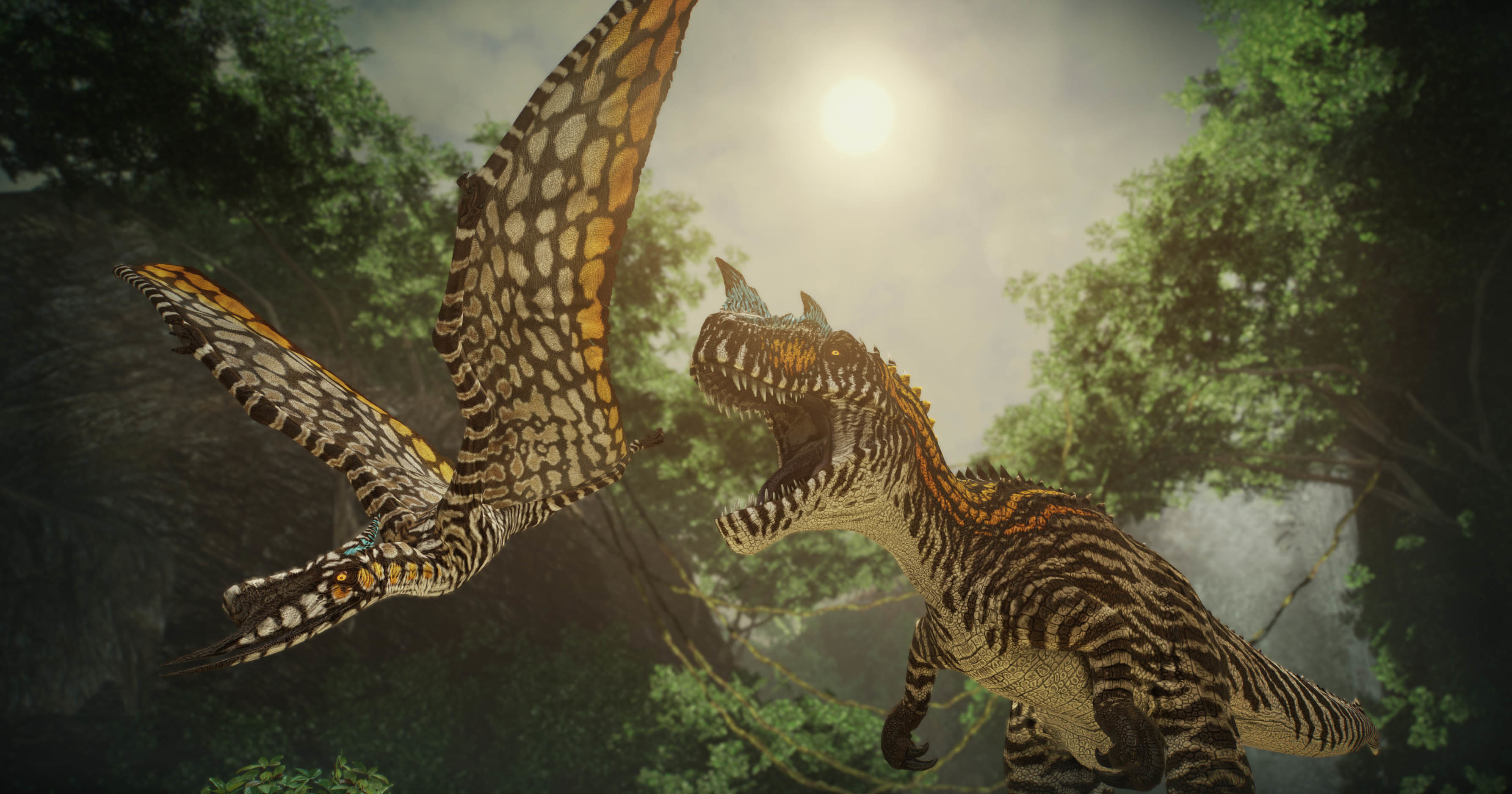- This article is about the cosmetic clothes in Don't Starve Together. For the gameplay-affecting items,
see Clothes.
–Wilson
Magma definition, molten material beneath or within the earth's crust, from which igneous rock is formed. Magmatic Bundle bundle on Steam. Start typing to see game suggestions. This only suggests apps that are available on the Steam store.
Skins are a feature in Don't Starve Together. They are cosmetic items that players can use to customize their characters in-game. Players can choose their character's Skins when they join a server for the first time, or in-game by activating a Wardrobe. Skins are collected at random times while playing on a DST server, and the timing is weighted so that users who play an average amount of DST in a week should get a few gifts, and those that play a decent amount should get the full 8.[1] With recent changes made on Mar 2019, people can now get 1 free gift box per day just by logging onto the game. The player can get a maximum of 15 skins from random drops per week; this count resets every Thursday around 1pm PST, before Klei's weekly Twitch broadcast.

The player has to be active in order to receive the skins, and must open the earlier gift box to receive the next one. Skins are purely cosmetic, and have no effect on gameplay besides visuals. Currently, once a skin is obtained, it cannot be destroyed, but Steam users can trade skins with other players, buy/sell them on the market, or use the Trade INN interface, where a player can exchange 9 unwanted skins for 1 skin of higher quality. Distinguished skins cannot be traded in for an Elegant skin, and Elegant skins cannot be traded in because it is the highest quality.
In order to obtain a skin, one must receive a random drop, which will be signaled with a gift box appearing in the top-left corner of the screen and a sound similar to ripping paper. After this, the player must go to one of the science research stations (Science Machine or Alchemy Engine) to open it. When a whistle plays and the research station starts producing streams of shadows, the gift can be opened and the Skin will be obtained. However this doesn't apply to Loyal skins, as these are only obtained through events or codes.
There are six types of Skins (Torso, Gloves, Legs, Shoes, Items, and Character-Specific) which are classified into seven tiers of rarity (Common, Classy, Spiffy, Distinguished, Elegant, Loyal, and Event). Most items come in a variety of colors, and all clothing items are unisex. Higher tier skins have a lower chance of dropping in-game, except for Loyal and Event skins, which are unobtainable from the weekly random drops. They are instead obtained through other means; Loyal skins are promotional, and Event skins are wearable by all players for a limited time.
- Common
- Classy
- Spiffy
- Distinguished
- Elegant
- Loyal
- Timeless
- Event

Body Skins
Glove Skins
Legs Skins
Shoe Skins

Character-specific Skins

Item Skins
Structure and Critter Skins
Special Skins
Event Skins
Other
References
- ↑Drop System Changes - Klei Forums. (2019-3-8). Retrieved on 2019-3-24.
Magmatic segregation is a general term referring to any process by which one or more minerals become locally concentrated (segregated) during the cooling and crystallization of a magma. Rocks formed as a result of magmatic segregation are called magmatic cumulates. While a magma may start as a homogeneous liquid, magmatic segregation during crystallization can produce an assemblage of cumulates with widely differing compositions. Extreme segregation can sometimes produce monomineralic cumulates; a dramatic example occurs in the Bushveld Igneous Complex of South Africa, where cumulus layers of chromite (iron-magnesium-chromium oxide, the only chromium ore mineral) are encased in cumulus layers of anorthite (calcium-rich feldspar).
Mineral deposits that are magmatic cumulates are only found in mafic and ultramafic igneous rocks (i.e., rocks that are low in silica). This is due to the control exerted by silica on the viscosity of a magma: the higher the silica content, the more viscous a magma and the more slowly segregation can proceed. Highly viscous magmas, such as those of granitic composition, tend to cool and crystallize faster than segregation can proceed. In low-silica (and, hence, low-viscosity) magmas such as gabbro, basalt, and komatiite, mineral grains can float, sink, or be moved so rapidly by flowing magma that segregation can occur before crystallization is complete.
As with most geologic processes that cannot be directly observed, a certain amount of uncertainty exists about how cumulates form. A mineral such as chromite, with a density considerably greater than the magma from which it crystallizes, will tend to sink as soon as it forms. As a result, geologists long held the opinion that cumulates of chromite and other dense minerals formed only by sinking. Car mechanic simulator 2018 - dodge dlc download. This simple picture was challenged in 1961 by E. Dale Jackson, a geologist employed by the U.S. Geological Survey, who studied chromite cumulates of the Stillwater Complex in Montana. The findings of Jackson and later workers suggested that cumulates can also be produced by such phenomena as in-place crystallization of monomineralic layers on the floor of a magma chamber or density currents carrying mineral grains from the walls and roof of a magma chamber to the floor. Opinion still remains open, but most geologists now agree that in-place crystallization and density currents are more important in the formation of magmatic cumulates than density sinking.
Magmatic Bundle Item
Three oxide ore minerals form magmatic cumulates: chromite, magnetite, and ilmenite. The world’s largest chromite deposits are all magmatic cumulates; the largest and richest of these is in the Bushveld Complex of South Africa. Cumulus deposits of magnetite make poor iron ores, because cumulus magnetites invariably contain elements such as titanium, manganese, and vanadium by atomic substitution—although vanadiferous magnetites are important as a source of vanadium. In fact, much of the world’s production of this metal comes from cumulus magnetites in the Bushveld Complex.